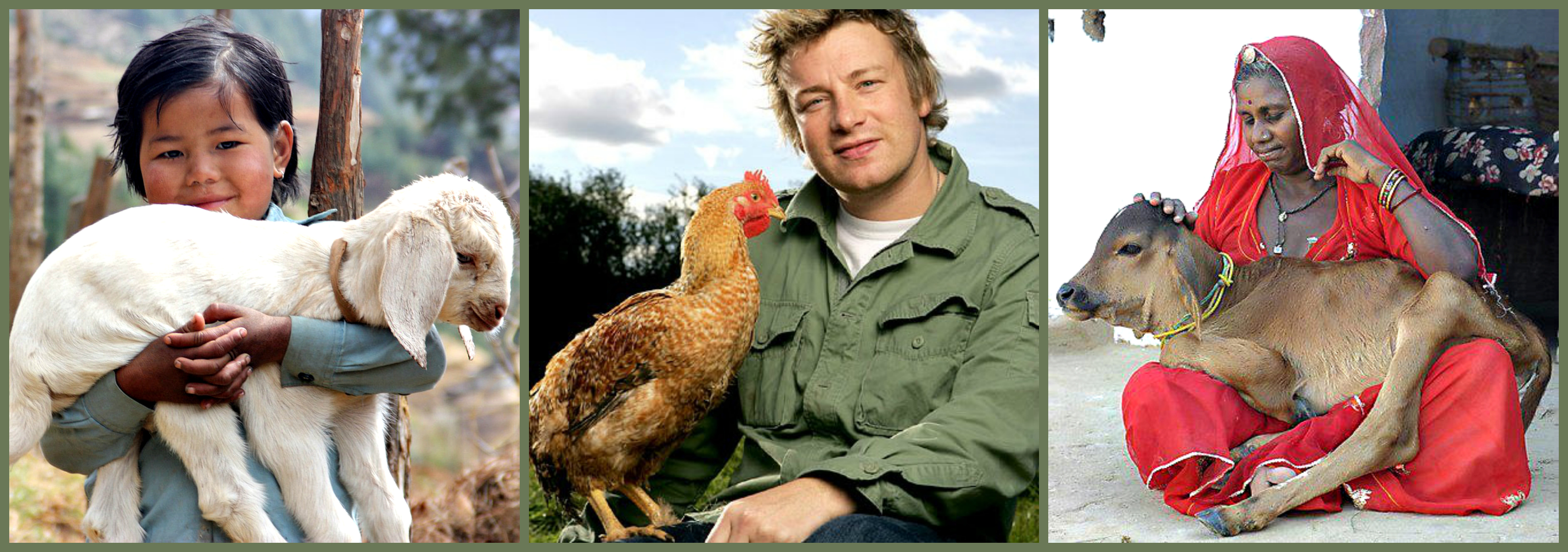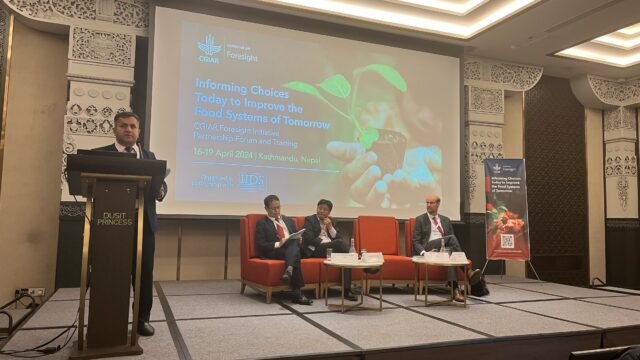
Sherpa child with lamb (photo via Pixabay/PeterColgan), London chef Jamie Oliver with rooster (via Daily Mail) and Rajasthani woman with calf (via Tara Cleary/Reuters).
Berhe Tekola, director of the Animal Production and Health Division of the Food and Agriculture Organization of the United Nations (FAO), this week published an opinion piece in the Bangkok Post (25 Jun 2018) reminding readers that livestock are integral to the fabric of life in many developing countries.
‘In a world where competition for resources is increasingly fierce, sustainability is often seen in terms of reducing over-consumption. This is especially true when it comes to animal production, with some calling for a worldwide switch to entirely plant-based diets to reduce pressure on the environment.
‘But the truth is sustainability is not so straightforward. Those offering such a simple solution for global food security miss at least two important points. First, we do not compete with livestock for resources as much as we think.
A recent assessment led by Anne Mottet at the Food and Agriculture Organisation (FAO) found that 86% of what farm animals consume is not fit for human consumption.
So, while it is widely understood that livestock consume around a third of the cereals that could feed people, in reality their diet is mainly composed of grass, crop leftovers and other by-products not currently eaten by people.
‘This is especially true when animals are raised grazing on pasture and not in carefully controlled feedlots. In such circumstances, livestock actually help optimise our use of natural resources by eating grass, crop residues and by-products that would otherwise be left to waste.
‘And this is an area of untapped potential on which we should capitalise: by converting more non-edible materials to edible. . . .



